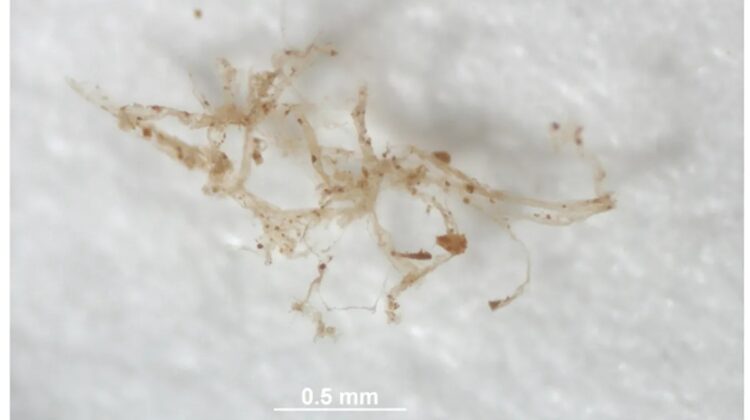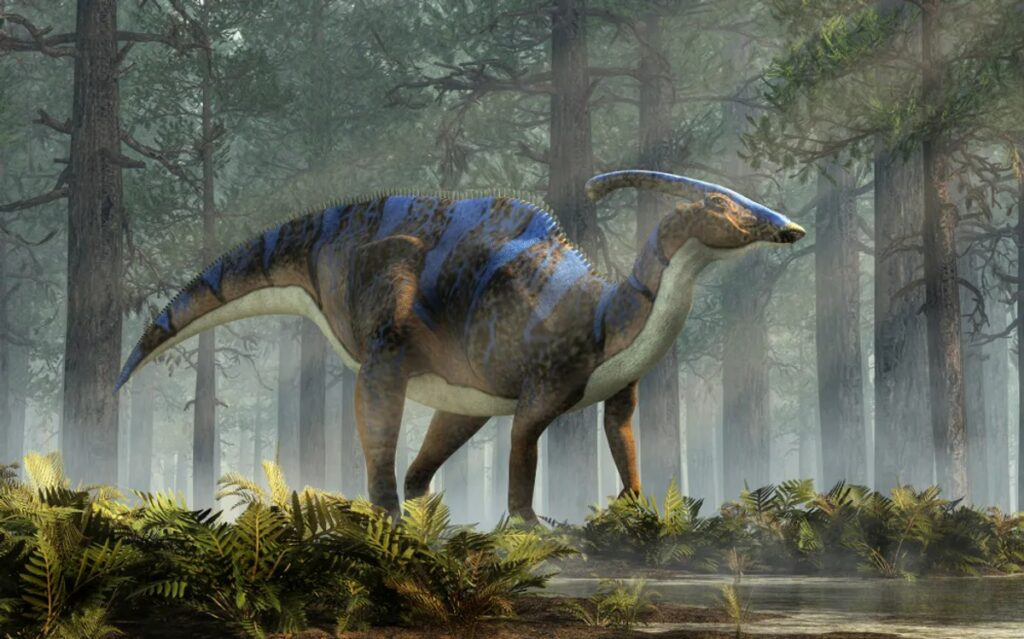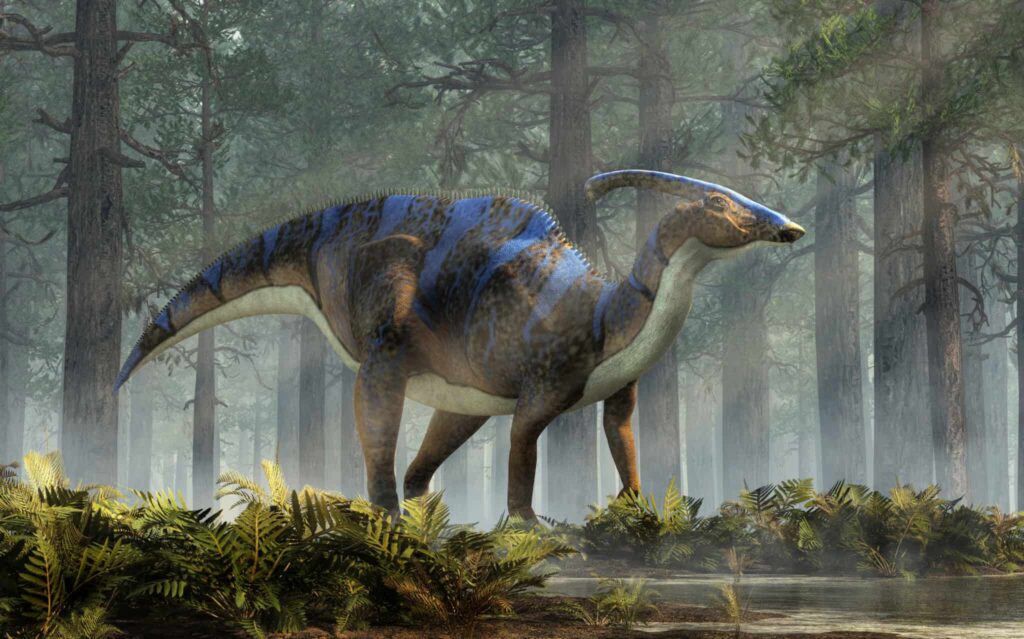
The realm of paleontology never ceases to amaze us with jaw-dropping discoveries, and this particular revelation is nothing short of extraordinary. Fossilized dinosaur bones, while always fascinating, have now gifted us with a remarkable treat – a glimpse into the world of prehistoric soft tissue that has astonishingly endured the ravages of time.
A few years ago, a group of dedicated scientists hailing from North Carolina State University made a groundbreaking discovery within the 80 million-year-old fossil of a hadrosaur, the Brachylophosaurus canadensis. This 9-meter (30-foot) long herbivorous giant, known for its distinctive duck-like bill, once roamed the Late Cretaceous landscapes.
In their 2015 study, these intrepid researchers unveiled an astounding revelation: the preserved structures they uncovered were more than likely the remnants of genuine blood vessels that once coursed with life-sustaining blood within a living dinosaur. This was not some mere biofilm residue left behind by opportunistic bacteria or other contaminants, but the tangible remains of the dinosaur’s circulatory system.

The researchers employed a cutting-edge technique, high-resolution mass spectroscopy, to meticulously analyze the specimen. Through this method, they successfully identified several proteins commonly found within the cells of blood vessels, including the presence of myosin.
Even after millions of years have passed since they last carried the life’s essence, these blood vessels have defied the grasp of time. Transparent and possessing a surprising degree of flexibility, these structures maintain a remarkable semblance to what one might expect from a bundle of animal veins.
The significance of this find cannot be overstated. It builds upon the growing body of evidence that suggests organic structures, such as blood vessels and cells, can remain astonishingly intact for millennia without undergoing the fossilization process. The implications of this discovery ripple through the field of paleontology and evolutionary biology.

“This study marks a groundbreaking moment as it represents the first direct analysis of blood vessels from an extinct organism. It offers a unique window into understanding the persistence of proteins and tissues over geological timescales and how they transform during the fossilization process,” expressed Tim Cleland, the lead scientist of this study and a molecular paleontologist at the University of Texas at Austin, at the time of the announcement.
The wealth of knowledge derived from this discovery extends far beyond the tantalizing notion of intact dinosaur blood vessels. It tantalizingly hints at new avenues for delving into questions related to the evolutionary histories of extinct creatures. Additionally, it opens doors to the identification of significant protein alterations and insights into when they might have arisen in the lineage of these enigmatic organisms.
While intact dinosaur blood vessels are certainly a spectacular find, they are not the only soft tissues that have come under the scrutiny of scientific investigation. Surprisingly, preserved dinosaur skin, akin to “mummified dinosaurs,” is a relatively common find within the annals of paleontology.

The implications of such findings might evoke echoes of the fictional world of Jurassic Park, but the true treasure lies in the profound insights these discoveries offer into the history of proteins and how they facilitated the adaptation of ancient creatures to their ever-changing environments.
Mary Schweitzer, a distinguished molecular paleontologist at North Carolina State University and co-author of the paper detailing this research, eloquently summarizes the value of this study: “Part of the value of this research is that it gives us insight into how proteins can modify and change over 80 million years. It not only enlightens us about the preservation of tissues over time but also grants us a glimpse into the adaptations of these prehistoric creatures in their prime.”
In the annals of paleontology, the discovery of intact dinosaur blood vessels stands as a testament to the enduring mysteries of Earth’s prehistoric past. It underscores the relentless quest of scientists to unveil the secrets held within the petrified remains of ancient life and reaffirms the boundless wonder of our planet’s history.

Leave a Reply